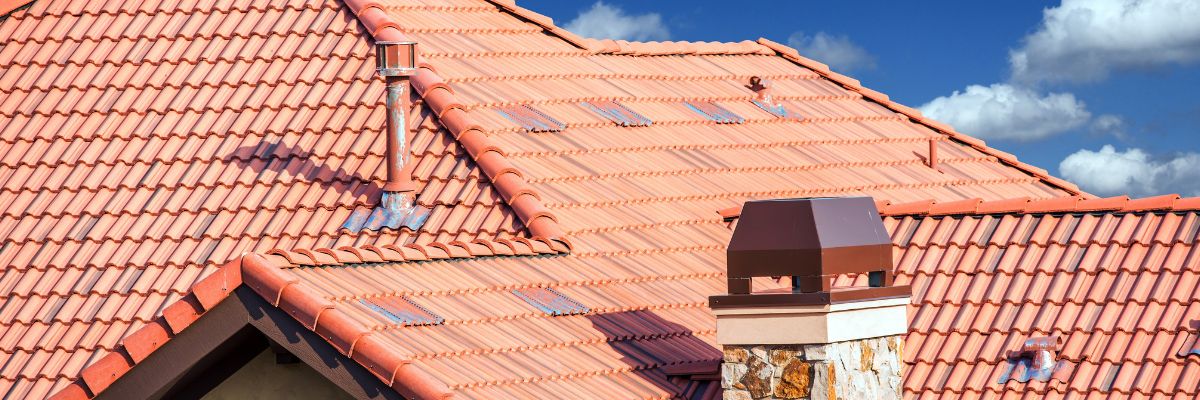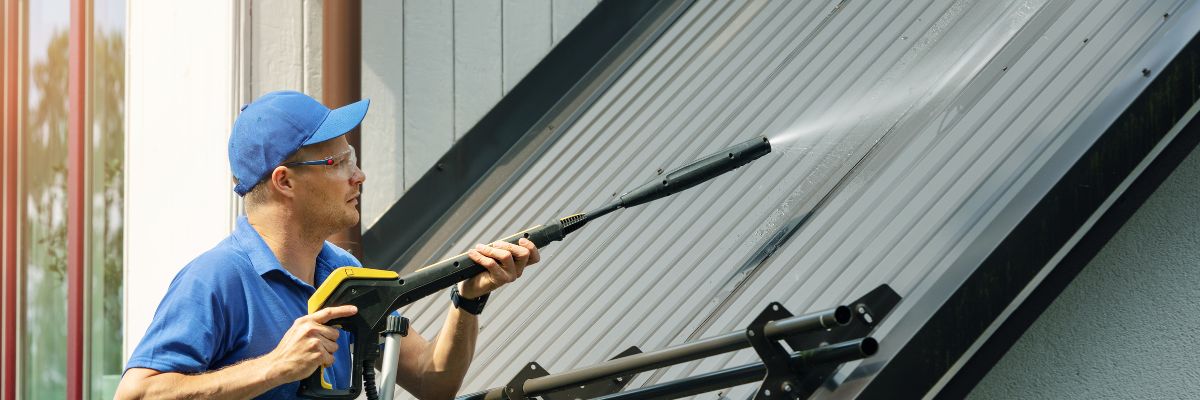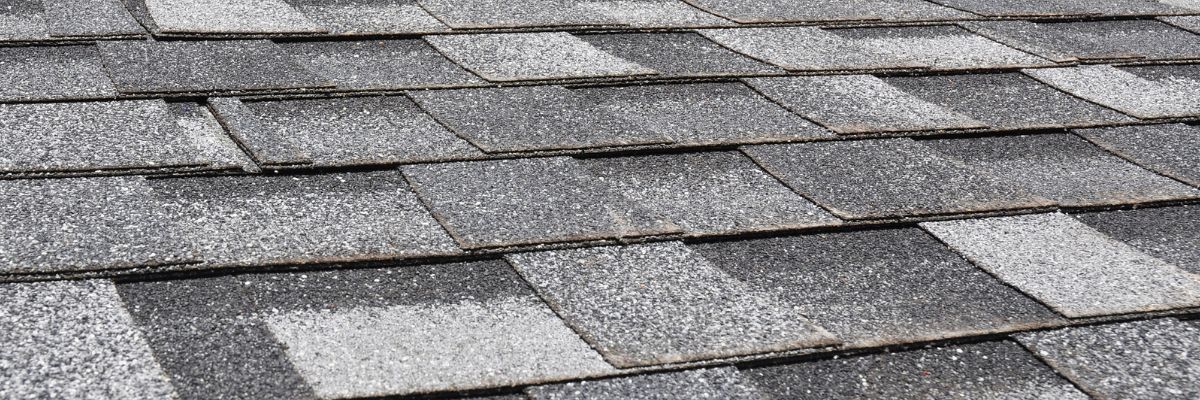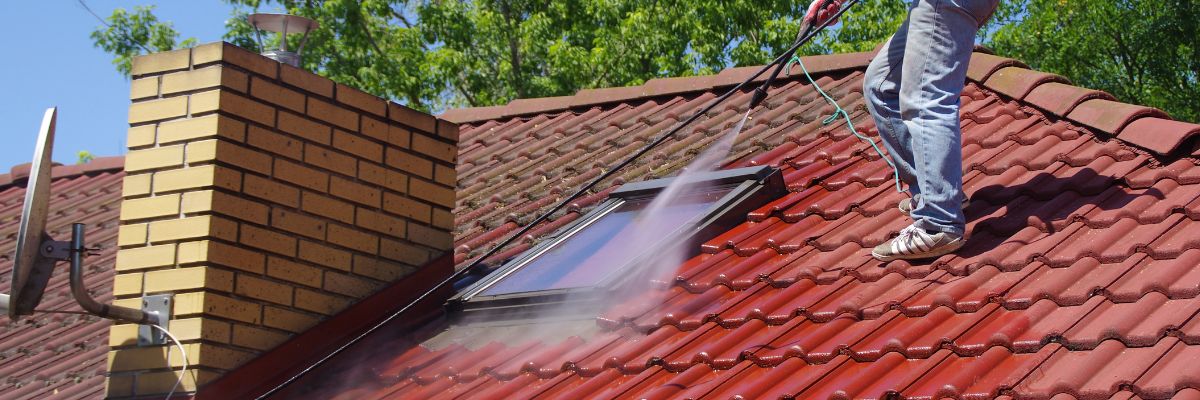Yes, you can pressure wash Trex decking, but it’s important to do so with care to avoid damage. Trex decking is a composite material made from a mix of wood fibers and plastic, and while it is durable, it can be susceptible to damage from excessive pressure.
If you want to save yourself the hassle, consider hiring a pressure washing pro today!
How To Pressure Wash Trex Decking
Prepare the Deck
Clear the area by removing all furniture, grills, and other items from the deck. Sweep away loose debris such as leaves or dirt to avoid scratching the surface during cleaning.
Select the Right Equipment
Set your pressure washer to a PSI range between 1,500 and 2,500. Avoid settings above 2,500 PSI to prevent damaging the decking material. Use a wide-angle nozzle (25 to 40 degrees) to distribute the water pressure evenly, ensuring a thorough and safe clean.
Pre-Treat the Deck
For heavily soiled decks, apply a mild cleaner or a product designed specifically for composite decking. Follow the manufacturer’s instructions for dilution and application, allowing the cleaner to sit for a few minutes to loosen dirt and stains.
Pressure Wash the Deck
Hold the pressure washer wand at least 8-12 inches away from the deck surface to avoid damage. Move the wand in a consistent, sweeping motion to cover the entire surface. Avoid staying in one spot for too long to prevent streaking and potential damage. Clean the deck in manageable sections, starting from one end and moving systematically to the other to ensure even coverage.
Rinse Thoroughly
After cleaning, rinse the deck thoroughly with water to remove any remaining detergent or residue. This helps prevent soap from attracting dirt and creating streaks.
How Can Pressure Washing Damage A Trex Deck?
Pressure washing a Trex deck can cause damage if not performed correctly. Excessive pressure, particularly above 2,500 PSI, can erode the composite material, strip away its protective coating, or cause the boards to warp and splinter.
Using a narrow, high-pressure nozzle can concentrate the water force too much, leading to surface damage or gouging, while holding the pressure washer wand too close to the surface can exacerbate these issues.
Additionally, improper technique, such as staying in one spot for too long or not moving the wand consistently, can result in uneven cleaning and potential damage. Harsh chemicals or bleach should also be avoided, as they can degrade the Trex material, causing discoloration or deterioration.
To prevent these problems, it’s important to use the right pressure settings, nozzles, and cleaning techniques tailored for composite decking.
Is It Cheaper To Pressure Wash My Deck Or Hire A Professional?
Renting a pressure washer often costs about the same as hiring a professional to do the job. When you factor in the cost of the rental, along with any necessary cleaning solutions and the time you’ll spend doing the work yourself, the expenses can quickly add up.
Moreover, if you accidentally damage your deck while pressure washing, the repair costs can be substantial, potentially running into hundreds of dollars.
Professionals, on the other hand, have the expertise and equipment to handle the job efficiently and safely, reducing the risk of damage. By choosing to hire a pro, you not only avoid the hassle of doing it yourself but also protect yourself from the potential additional costs of repairs.
Takeaway
Pressure washing a Trex deck requires caution to avoid damage. The high-pressure water stream can potentially harm the composite material if not used correctly. Excessive pressure can erode the surface, strip away protective coatings, or cause warping and splintering.
Additionally, using a narrow nozzle or holding the wand too close can concentrate the water force, leading to surface gouges. It’s important to use appropriate pressure settings, wide-angle nozzles, and to maintain a safe distance from the deck surface.
If you’re considering tackling this project yourself, ensure you follow all recommended guidelines to minimize the risk of damage and achieve the best results.







